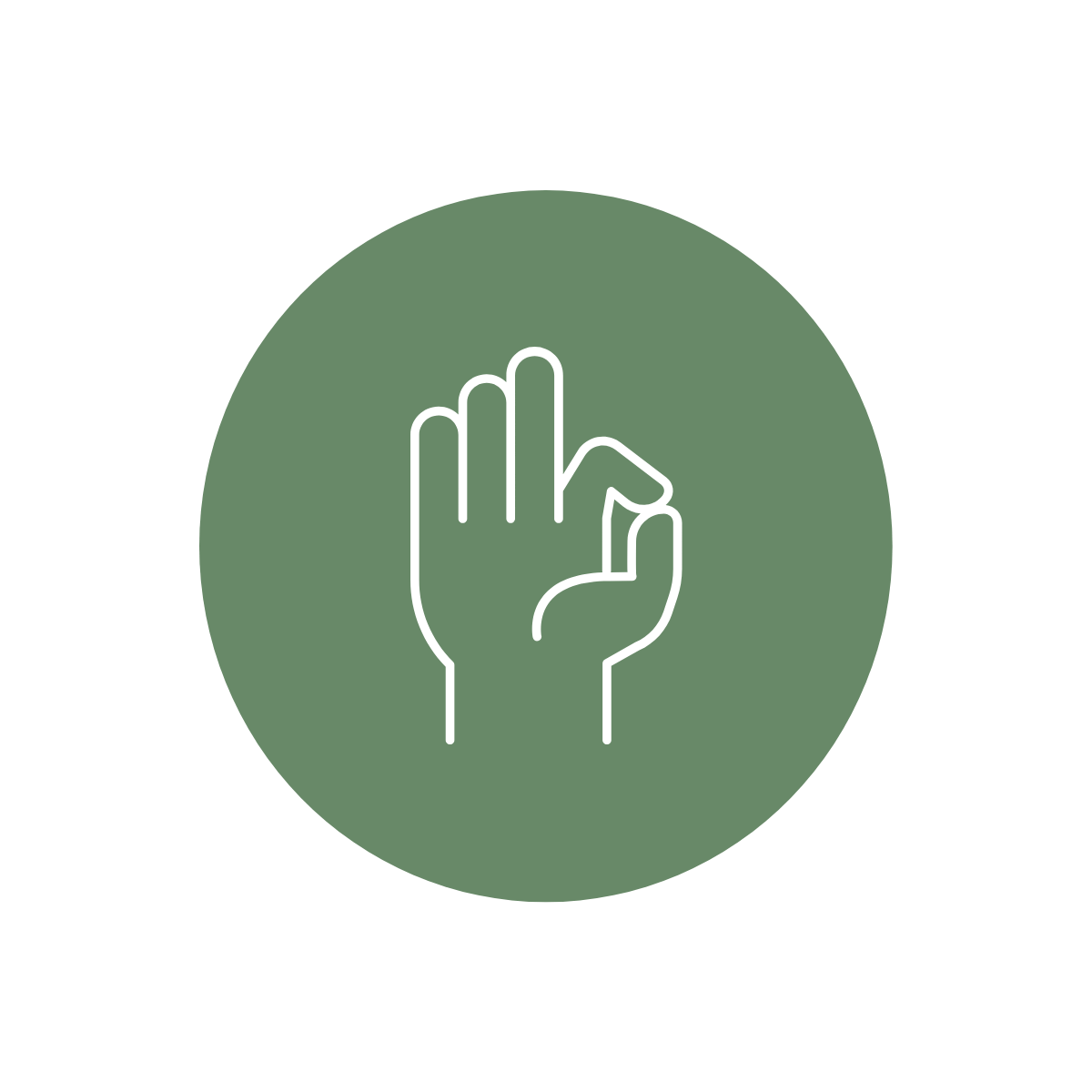[video below]
A circular economy is an economic model designed to minimize waste and make the most of resources. In a circular economy, products and materials are kept in use for as long as possible through reuse, recycling, and regeneration.
This model aims to reduce resource consumption, environmental impact, and reliance on finite resources by promoting sustainable practices and closed-loop systems where materials are continuously circulated rather than disposed of after use.
Compared to the linear model of extraction, production, use, and disposal, closing the loop is a system of recycling and reintroduction.
For example, our sticky notes here at EcoBranders are 100% circular as they are made from 100% post-consumer recycled paper and continue to be fully recyclable themselves.
|
Creating circularity sounds pretty reasonable, yet what is holding us back?
Unfortunately, there is resistance to change among industries as a transition requires significant changes in processes, infrastructure, and mindset. Secondly, we lack economic incentives, certain infrastructure and technology, as well as policy and regulation. Lastly, the complexities within most supply chains make it difficult to coordinate circularity across multiple regions and countries.
Steps we can take to help facilitate this change are to encourage policy reform, optimize our supply chains, design for circularity, support current sustainable businesses, and invest in innovative technologies to help advance our circular economy goals.
*video features Lindsey Coffey, Head of Community Engagement & Impact Awareness at EcoBranders











